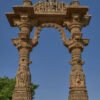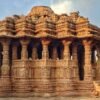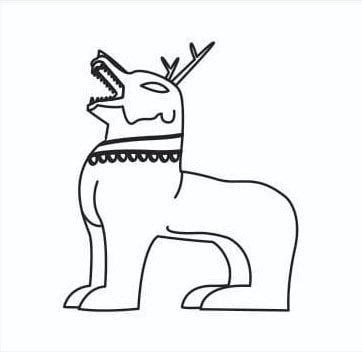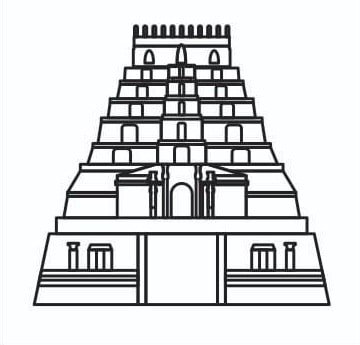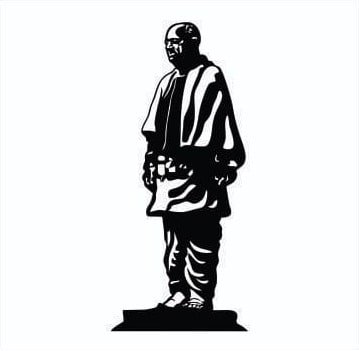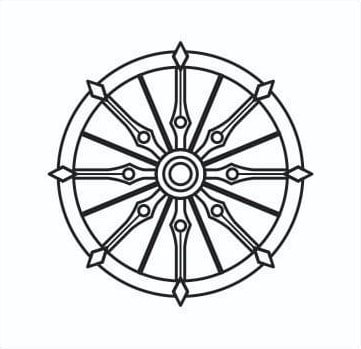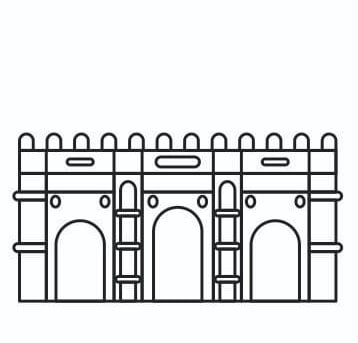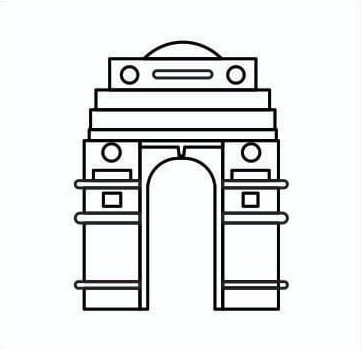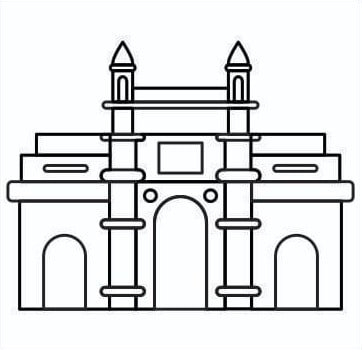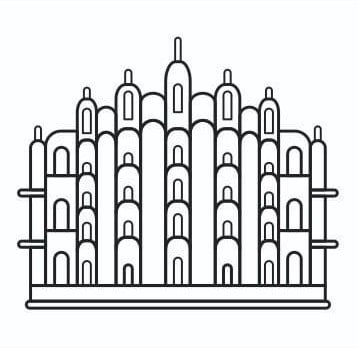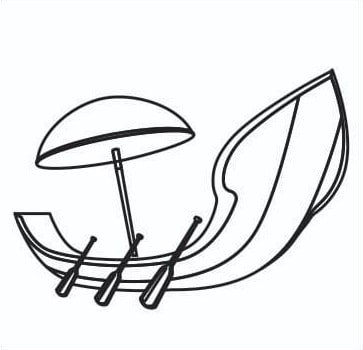Monument – Rani ki Vav, Patan, Gujarat
Built by – King Bhimdev I
Built in – 11th century
“Rani ki vav is an intricately constructed stepwell situated in the town of Patan in Gujarat, India. It is located on the banks of the Saraswati River. Rani ki vav was built to memorialise an 11th-century AD king Bhimdev I. It was added to UNESCO’s World Heritage Sites list on 22 June 2014.
Stepwells are a distinctive form of subterranean water resource and storage systems on the Indian subcontinent and have been constructed since the third millennium BC. Rani ki vav was built in the complex Maru-Gurjara architectural style with an inverted temple and seven levels of stairs and held more than 500 principal sculptures.
The Rani Ki Vav stepwell is believed to have been buried underground due to a severe Saraswati river flood. It was resurrected after decades of painstaking clearance and restoration by the Archaeological Survey of India from 1958 onwards.
The Rani Ki Vav World Heritage Site houses 500 principal sculptures and over a thousand minor sculptures depicting religious, mythological and non-sacred imagery. Most of the sculptures at Rani Ki Vav are devoted to Lord Vishnu in various forms, like Lord Rama, Lord Krishna, Lord Narasimha and Lord Vaman.
The pillars at Rani ki Vav are intricately carved with imposing floral patterns and sculptures of various gods and goddesses. The upper portion of the pillars has sculptures of women carved in a manner that it appears as if their shoulders are supporting the roof.
The elaborately carved walls of the Rani Ki Vav stepwell feature sculptures of celestial women and other mythological characters like Nagakanya and Yogini. The central niches of the wall, one above the other, are adorned with sculptures that depict the Anant asayana form of Lord Vishnu, among other incarnations. The walls also feature rows of female deities.
“
